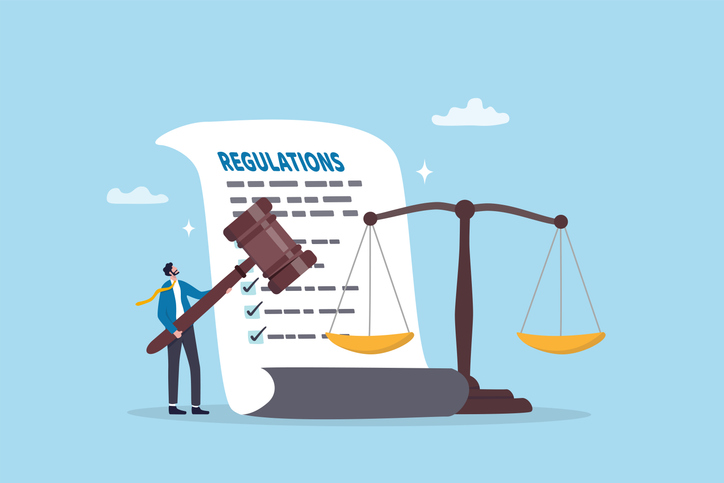With the maturing of the P3 market over the last decade and many of the early projects now successfully completed and in operation, it is becoming clear that most are working well and delivering significant benefits for public authorities and service users alike. It is equally clear that the value created by P3 projects is increased when public-private relations are underpinned by a properly designed contract management framework, which outlines the service outputs that the authority requires, the methods for measuring and monitoring performance, and the regime under which the payment due to the private partner is determined.
The model is the key to the success
A model where the proposition matches the delivery, where public interest is paramount, value for money is demonstrable, accountability is maintained and innovation and transparency are critical to the success of the project. For public sector authorities, a P3 project can be regarded as successful if it delivers cost-effective, reliable services at the price and quality defined in the contract. Authorities will also expect service outcomes to be both transparent and auditable. Meeting these objectives requires effective interaction between the different components of the contract management regime. The authority’s requirements should be framed in terms of an output specification which the private partner must endeavour to meet through the delivery of construction and asset-related services (both “soft” and “hard” facilities management).
The quality of service delivery is then measured and monitored through the P3 performance management system, which determines the correct payments from the authority. Where the quality of service delivery falls short of that outlined in the output specification, the payment mechanism determines the appropriate scale of the penalty deduction.
The P3 performance management system allows public authorities to measure and monitor performance and/or quality of service delivered by the private partner against the standards set out in the output specification. P3 performance management deals with what is being measured (in terms of the authority’s requirements) and how it is to be measured. Normally, the object of measurement is a matrix of key performance indicators (KPIs), which are built around results rather than processes.
The method of measurement is usually based on weighting, where each element of the service delivered is given a weighting based on the level of significance for the authority. The P3 performance management system must also incorporate a performance monitoring regime which specifies who is doing the monitoring and when the monitoring will take place. In many cases, this will involve self-monitoring by the private partner, formal monitoring by the public authority, and user-reported failures via the helpdesk.
The most important outcome is that the public sector knows that the arrangements are fully auditable and transparent, and the use of appropriate P3 performance management software is the best tool to achieve this. A good P3 performance management system provides a strong incentive for the partner to understand, control and minimise availability and performance risks, enhancing value for money for the public sector client. But proportionality is essential. The payment mechanism must be structured to incentivise good performance but deductions must not be so high that they encourage excessive risk pricing by private partners, or affect the availability of finance.
When designing the payment mechanism, the authority should ask itself some key questions:
- How demanding should we make the definitions of availability and service performance standards?
- How quickly, in terms of response and rectification periods, do problems have to be solved?
- What scope should the private partner have to provide alternative services/ locations instead of having deductions applied, in order to give them greater flexibility to avoid deductions, or for allowing ‘unavailable’ facilities to be used?
- What are the right levels/weightings of deductions for unavailability or poor performance?
- What are the appropriate ratchet mechanisms for repeated or widespread failures?
- At what level should performance deductions be capped?
The benefits of a balanced payment mechanism will be maximised if the provider of the P3 performance management software is engaged during the preferred partner negotiations or even during the competitive bidding stage. When payment mechanisms are effectively calibrated and service delivery is monitored and measured using integrated P3 performance management software, contracts can deliver long term value for all stakeholders. The aim is to build and strengthen the operational partnership, giving an audit trail for compliance purposes while helping to manage a service provider’s risks by providing measurable cost savings, improvements in time control and higher productivity.





